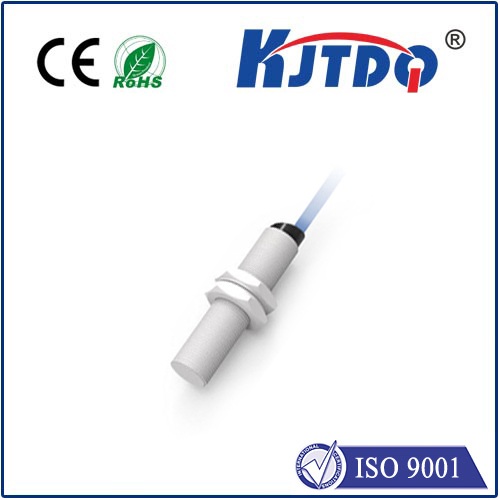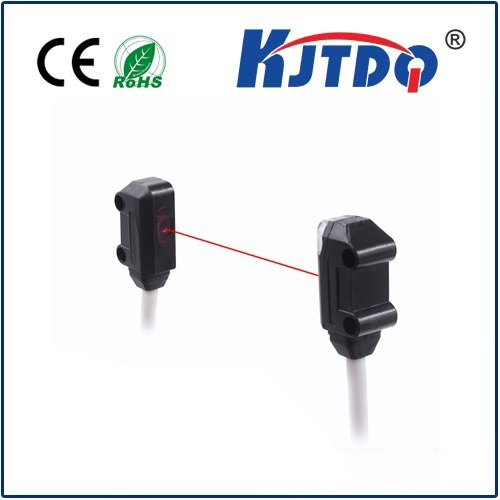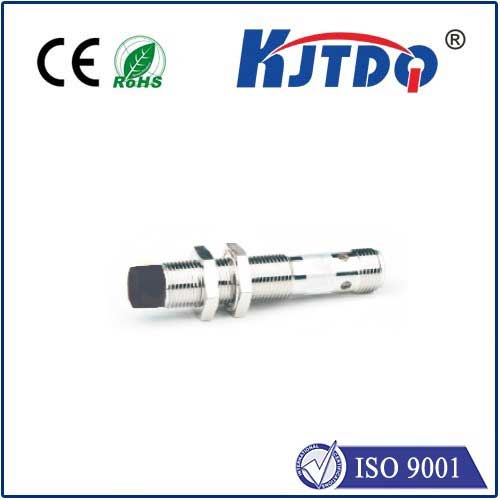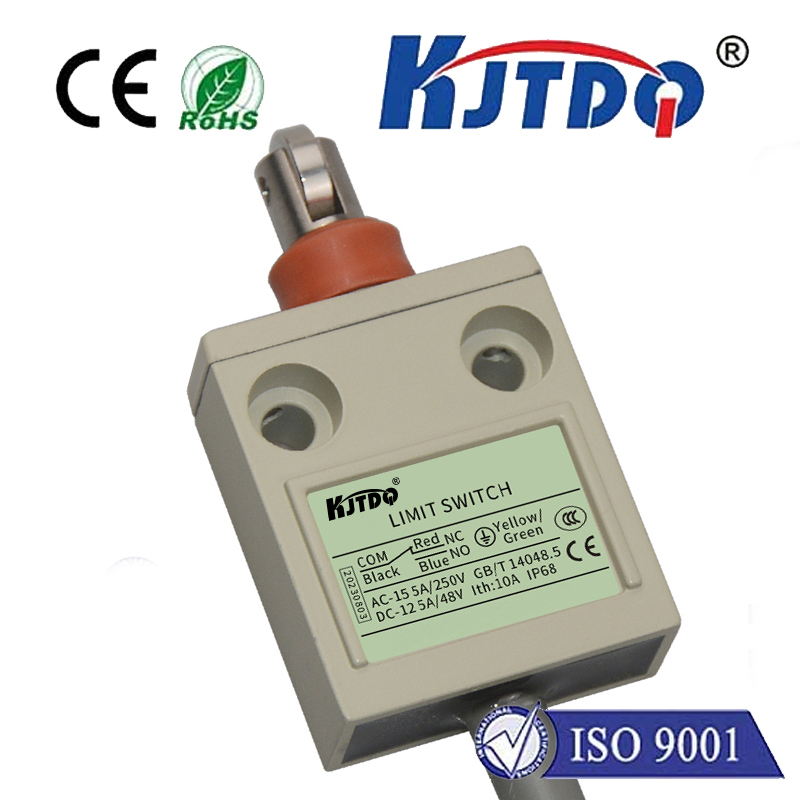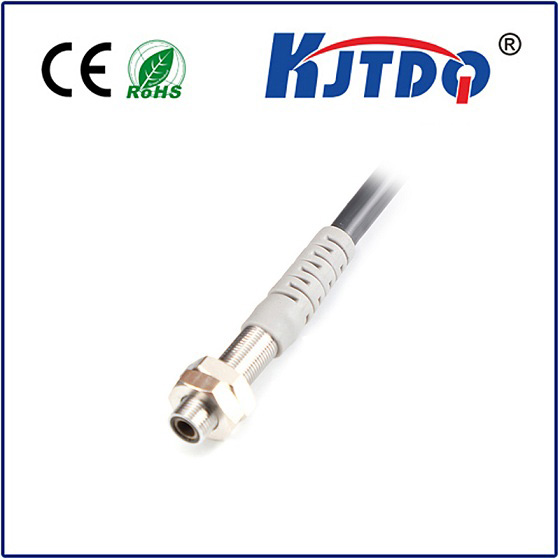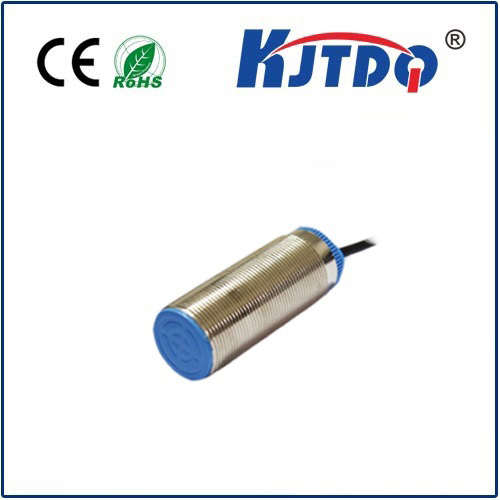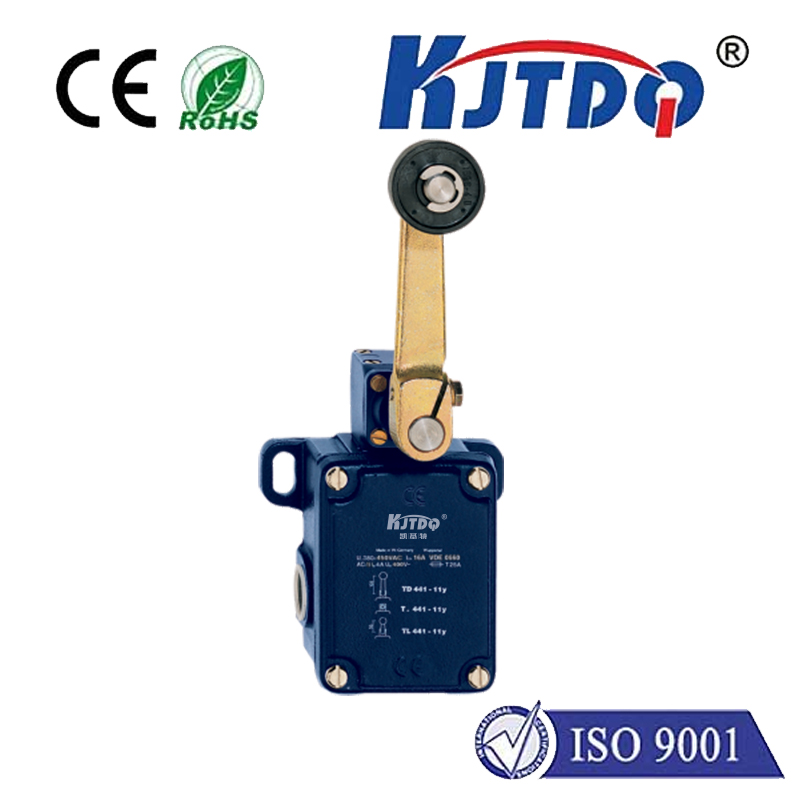

check

check

check

check

check

check

check

check

check

check
The Future of Switches: A World Beyond Micro Switches
In the realm of industrial components, micro switches have emerged as essential机电元件, celebrated for their small size, sensitivity, and reliability. These tiny powerhouses are designed to swiftly switch at predetermined positions upon reaching a specified action force and stroke. However, the narrative is shifting towards a new frontier—a world beyond micro switches.
Traditional micro switches come in various sizes, from the standard dimensions of 27.8W×10.3D×15.9H to the ultra-miniature versions at 12.8W×5.8D×6.5H. Such diversity allows them to be employed across a wide array of applications where precision and quick response are imperative. Their design incorporates minute contact intervals and rapid-action mechanisms, ensuring their role as dependable workhorses in industrial machinery and electronics.

But what if we could transcend the limits of these traditional elements? What would a world without micro switches look like, and how might it reshape our technological landscape? As we stand on the brink of this shift, several potential directions reveal themselves.
Firstly, the absence of micro switches could usher in a new era of magnetic or optical switching technologies. Magnetic switches utilize magnetic fields to detect positioning without any physical contact, potentially offering greater durability and a longer service life than their mechanical counterparts. Optical switches, on the other hand, employ light to detect changes in state, promising even higher precision and faster response times.
The transition from micro switches also presents an opportunity to embrace smart sensing technologies that can provide real-time data and predictive maintenance insights. With Internet of Things (IoT) devices becoming increasingly common, integrated sensors could replace standalone switches, offering a more streamlined approach to monitoring and control.
Moreover, the elimination of micro switches could lead to a minimalist approach in design. By removing the need for traditional switches, device manufacturers might achieve slimmer profiles and more aesthetically pleasing appearances, with the added benefit of reducing manufacturing costs and complexity.
Finally, the step away from micro switches opens up possibilities for improved safety standards. Traditional switches can be susceptible to environmental factors like dust, moisture, and wear over time. Alternative switching mechanisms may offer enhanced resilience, particularly in harsh industrial environments where reliability cannot be compromised.
As tempting as it may be to envision a switch-free utopia, it's critical to acknowledge the challenges such a transition would face. Retrofitting existing systems and re-engineering processes to accommodate new technologies would require significant investment, both financially and in terms of time. Additionally, the adoption of novel solutions necessitates thorough testing and validation to ensure they can meet or exceed the performance benchmarks set by micro switches.
While the world has relied on the dependability of micro switches, the future beckons a shift towards innovations that could surpass the limitations inherent to these traditional components. The journey beyond micro switches promises not only advancements in efficiency and design but also a platform for safer, smarter technology integration. As we stand on this precipice, one thing is clear: the switch to a new paradigm is not just about improvement but about revolutionizing how we interact with the world around us.

